Increased Security Concerns
In an era marked by heightened security concerns, the Biometric Palm Scanner Market is witnessing a surge in demand for reliable identification solutions. Organizations are increasingly adopting biometric palm scanners to mitigate risks associated with unauthorized access and identity theft. The need for secure authentication methods is particularly pronounced in sectors such as finance and healthcare, where sensitive information is at stake. Recent statistics indicate that The Biometric Palm Scanner Market is expected to reach USD 50 billion by 2026, with palm scanning technology playing a pivotal role in this growth. As security threats evolve, the Biometric Palm Scanner Market is positioned to provide solutions that not only enhance security but also streamline user experience, thereby fostering greater adoption across various industries.
Regulatory Compliance and Standards
The Biometric Palm Scanner Market is increasingly influenced by regulatory compliance and standards that govern data protection and privacy. Governments and regulatory bodies are establishing stringent guidelines to ensure that biometric data is collected, stored, and processed securely. Compliance with these regulations is essential for organizations looking to implement biometric solutions, as non-compliance can lead to significant legal repercussions. The introduction of frameworks such as the General Data Protection Regulation (GDPR) has heightened awareness regarding data privacy, thereby driving the demand for compliant biometric systems. As organizations navigate these regulatory landscapes, the Biometric Palm Scanner Market is likely to see a rise in demand for solutions that not only meet compliance requirements but also provide robust security features to protect sensitive biometric data.
Shift Towards Contactless Solutions
The ongoing shift towards contactless solutions is significantly influencing the Biometric Palm Scanner Market. As organizations seek to minimize physical contact, especially in environments where hygiene is paramount, palm scanning technology offers a compelling alternative to traditional biometric methods. This trend is particularly relevant in sectors such as retail and public transportation, where quick and efficient access control is essential. Market analysis suggests that the demand for contactless biometric solutions is expected to grow by over 30% in the coming years. The Biometric Palm Scanner Market is likely to capitalize on this trend by developing devices that not only ensure safety but also enhance user convenience. This shift towards contactless solutions may redefine how biometric authentication is perceived and implemented across various sectors.
Growing Adoption in Emerging Markets
The Biometric Palm Scanner Market is witnessing growing adoption in emerging markets, where the need for secure identification solutions is becoming increasingly critical. Countries in Asia and Africa are investing in biometric technologies to enhance security in various sectors, including banking, healthcare, and border control. Recent reports indicate that the biometric market in these regions is expected to grow at a rate of over 25% annually, driven by government initiatives aimed at improving security infrastructure. The increasing penetration of smartphones and internet connectivity in these markets further supports the adoption of biometric palm scanners. As these regions continue to develop, the Biometric Palm Scanner Market is poised to benefit from the rising demand for advanced security solutions that cater to the unique challenges faced by emerging economies.
Technological Advancements in Biometric Palm Scanners
The Biometric Palm Scanner Market is experiencing rapid technological advancements that enhance the accuracy and efficiency of palm scanning systems. Innovations such as artificial intelligence and machine learning algorithms are being integrated into palm scanning devices, allowing for improved recognition rates and reduced false positives. According to recent data, the market for biometric systems is projected to grow at a compound annual growth rate of approximately 20% over the next five years. This growth is driven by the increasing demand for secure authentication methods across various sectors, including banking, healthcare, and government. As technology continues to evolve, the Biometric Palm Scanner Market is likely to see the introduction of more sophisticated devices that offer enhanced features, such as multi-modal biometric systems that combine palm scanning with other biometric modalities.

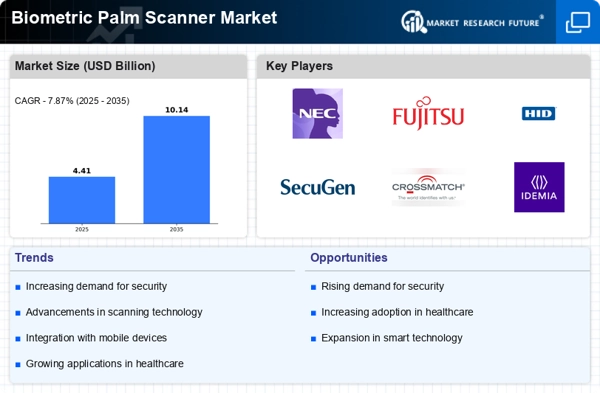
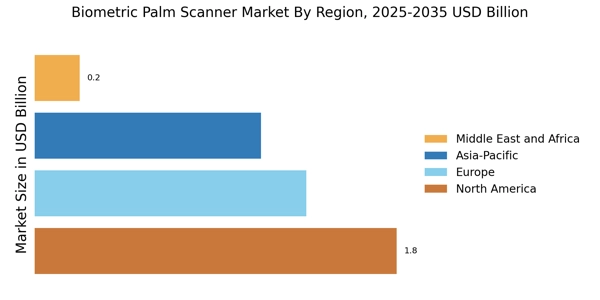
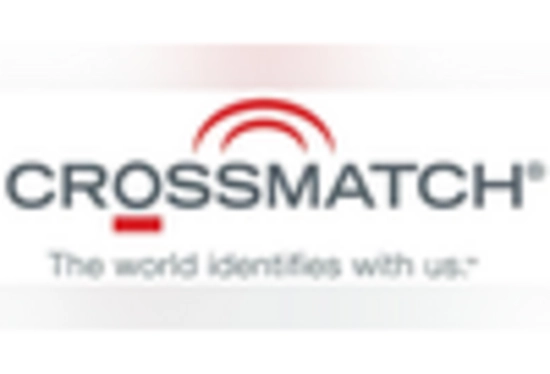
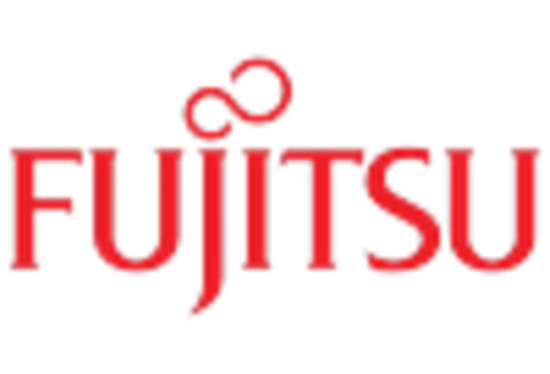
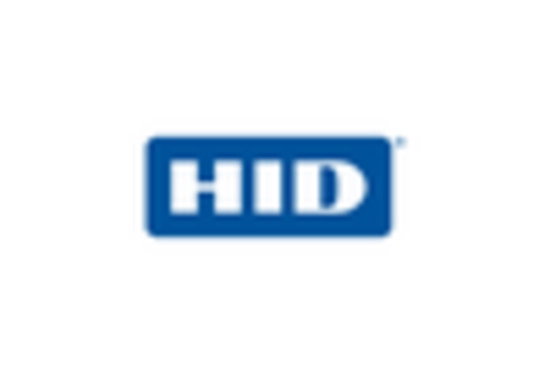
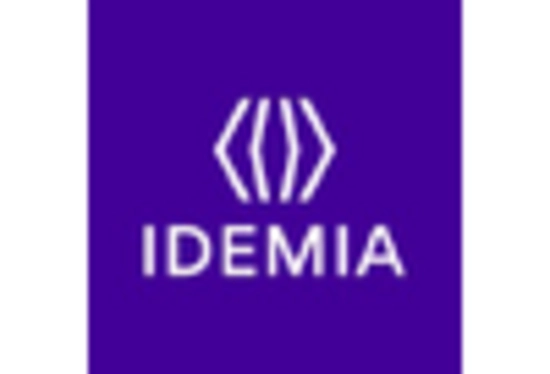
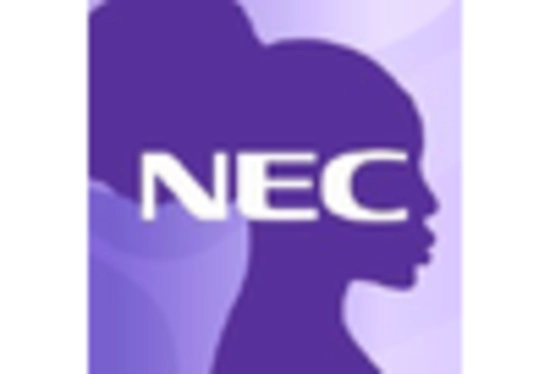
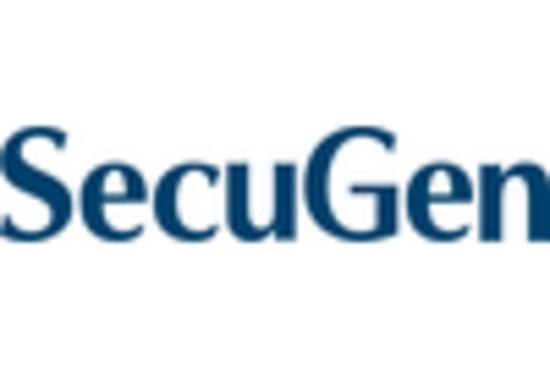








Leave a Comment